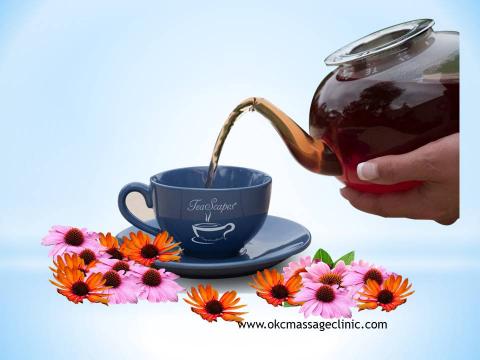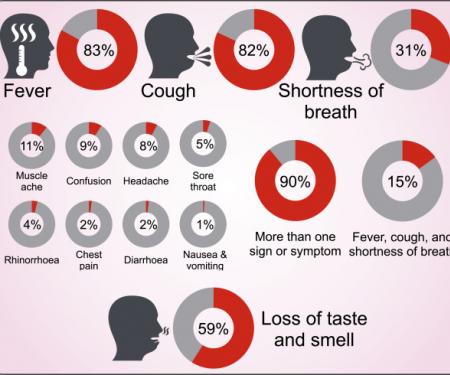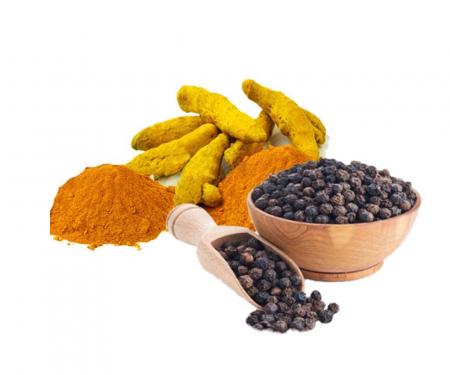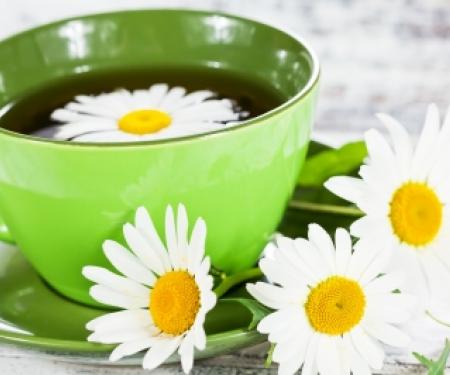April 17, 2022
If you grew Echinacea in your garden or could find it somewhere in wilderness, you probably had a desire to put it in a vase before you even thought about its health benefits. But this bright purple flower, native to North America, isn’t just a beautiful flower. It’s been used for thousands of years as a remedy for colds, coughs, bronchitis, upper respiratory infections, and even some inflammatory conditions.
Echinacea is very popular among herbalists, acupuncturists, and doctors since it is used to support their patients’ immune systems. If you are interested to know why, here is a brief information about history, science, and benefits of this powerful plant.





